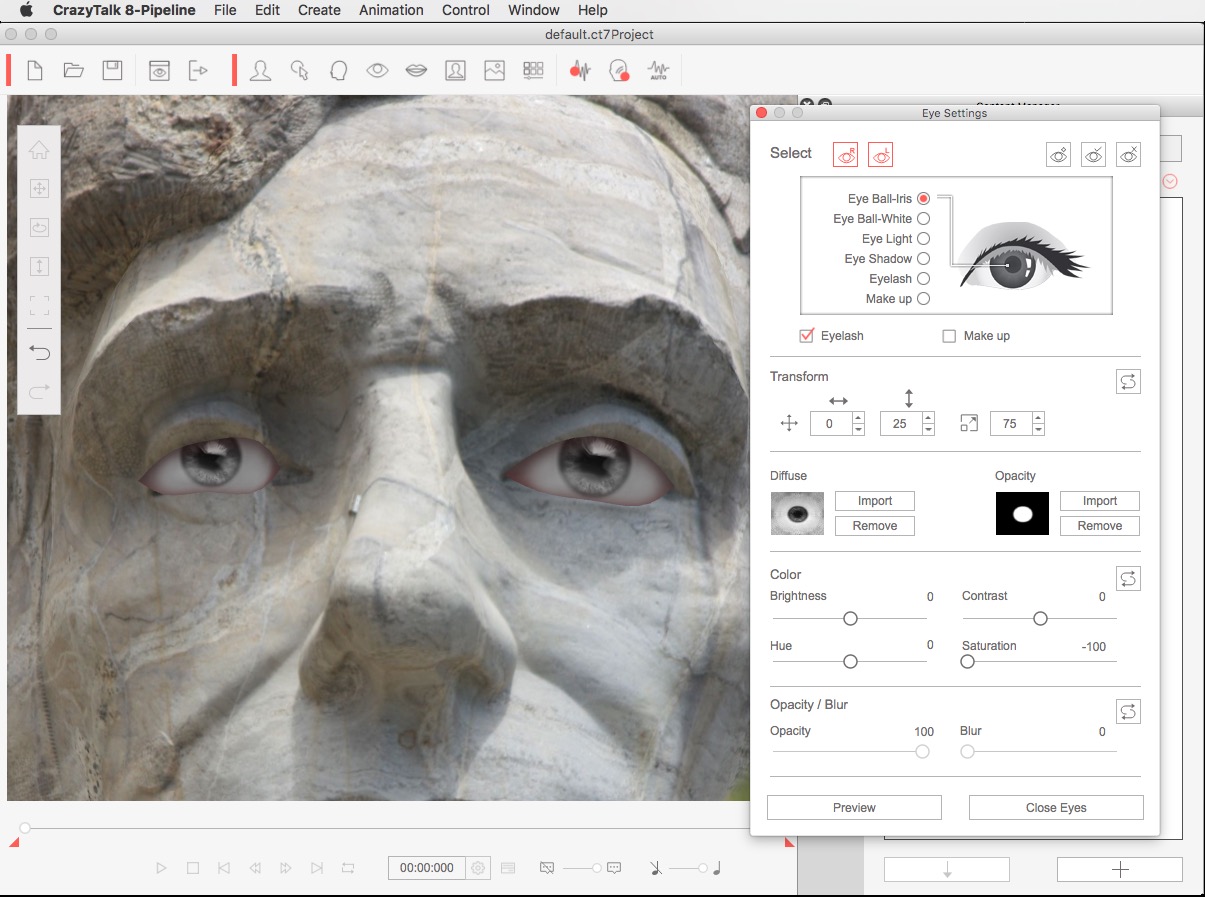
Papadimitriou and Research Scholars Michalis Nikiforos and Gennaro Zezza analyze how the US economy was affected by the pandemic and its prospects for recovery. In this report, Institute President Dimitri B. Under current economic circumstances, however, the president’s proposed infrastructure spending should not require budgetary offsets or other measures to control inflation in their estimation. And while it is possible that general tax hikes might be needed to prevent public investment programs from fueling inflation, they argue that the kinds of taxes proposed by the administration would do little to relieve inflationary pressures should they arise. If the purpose of taxing corporations and wealthy individuals is to reduce inequality, then the tax changes should be formulated to accomplish that-not to “raise funds” to finance proposed spending. In their view, policymakers should evaluate spending and tax proposals on their own terms, according to the goals each is intended to meet. Nersisyan and Wray propose an alternative approach to budgeting for large-scale public expenditure programs. Randall Wray, this focus on ensuring revenues keep pace with spending increases can undermine the goals internal to both the public investment and tax components of the administration’s plans: the “pay for” approach limits our spending on progressive policy to what we can raise through taxes, and we will only tax the amount we need to spend. President Biden’s proposals for investing in social and physical infrastructure signal a return to a budget-neutral policymaking framework that has largely been set aside since the outbreak of the COVID-19 crisis. The usefulness of such analyses is strategic: they can serve to warn policymakers of potential dangers and serve as a guide to policy instruments that are available, or should be made available, to deal with those dangers, should they arise.

To inform policy, it is not necessary to establish that a particular projection will come to pass, but only that it is something that must be given serious consideration as a possibility. The aim is to display, based on analysis of the recent past, what it seems reasonable to expect if current trends, policies, and relationships continue. The projections derived from the models are not presented as short-term forecasts. From this information, and using alternative assumptions (e.g., growth rates, trade shares, and energy demands and supplies), trends are identified and patterns of trade and production analyzed. This model is based on a matrix in which each bloc’s imports are described in terms of exports from the other 10 blocs. The world model is a “closed” system, in which 11 trading blocs-of which the United States, China, Japan, and Western Europe are four-are represented. The US model employs a complete and consistent system (in that all sectors “sum up,” with no unaccounted leakages) of stocks and flows (such as income, production, and wealth). The Levy Institute macroeconomic models, created by Distinguished Scholar Wynne Godley, are accounting based. The outcomes of alternative scenarios are projected and analyzed, with the results-published as Strategic Analysis reports-serving to help policymakers understand the implications of various policy options. This program's central focus is the use of Levy Institute macroeconomic models in generating strategic analyses of the US and world economies. Explorations in Theory and Empirical Analysis.Immigration, Ethnicity, and Social Structure.



Levy Institute Measure of Time and Income Poverty.Levy Institute Measure of Economic Well-Being.Monetary Policy and Financial Structure.The State of the US and World Economies.


 0 kommentar(er)
0 kommentar(er)
